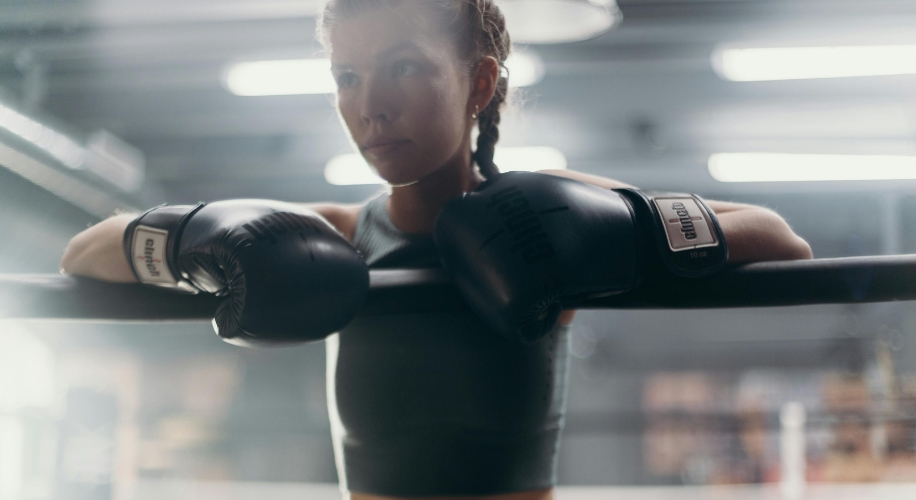Enhancing Vision in Combat Sports
- BY Dr. Steven Liem
- IN Eye Care
In the world of combat sports, where precision and split-second decisions can determine the outcome of an Olympic match, vision plays a crucial role. Whether you’re dodging a powerful punch in boxing, executing a perfect throw in judo, landing a precise kick in taekwondo, or grappling for control in wrestling, having sharp, focused vision is essential.
Photo by cottonbro studio
Boxing
In boxing, athletes need to maintain sharp peripheral vision to track their opponent’s movements while staying focused on their own strategy. This means being able to see punches coming from different angles and reacting accordingly. A boxer’s success often hinges on their ability to anticipate an opponent’s actions and make quick decisions. The better your vision, the more effectively you can read your opponent’s body language and predict their next move, which is vital for both defense and offense.
Judo
Judo practitioners rely on quick reflexes and the ability to read their opponent’s intentions during throws and maneuvers. Peripheral vision is crucial in judo, as athletes need to be aware of their opponent’s position and balance while executing complex techniques. Having a keen sense of spatial awareness helps in timing and positioning, allowing judokas to execute throws with precision and maintain balance.
Taekwondo
In taekwondo, where speed and accuracy in kicking are paramount, vision helps athletes judge distances and timing. The ability to quickly spot openings and react to an opponent’s movements is essential. Taekwondo practitioners must focus on both their target and the opponent’s movements to execute effective kicks and counterattacks. Good vision aids in assessing the range and angle of kicks, which can make a significant difference in performance.
Wrestling
Wrestling requires constant awareness of an opponent’s position and movements. Athletes must be able to see and react to changes in their opponent’s stance, grip, and balance. Vision plays a crucial role in executing takedowns, escapes, and transitions. Wrestlers benefit from having sharp vision to anticipate their opponent’s actions and adjust their strategies accordingly, ensuring they can gain and maintain control during matches.

Photo by Kampus Production
Tips for Enhancing Vision in Combat Sports
Regular Eye Exams
Routine eye exams are essential for maintaining optimal vision. Combat athletes should schedule regular check-ups to ensure their vision is at its best. Identifying and addressing any issues early can prevent them from affecting performance in the ring or on the mat.
Visual Acuity and Reaction Drills
Incorporating drills that improve visual acuity and reaction times can be beneficial. For example, using reaction balls that bounce unpredictably can help athletes improve their reflexes and hand-eye coordination. Practicing with tools like these can sharpen reaction times and improve the ability to read an opponent’s moves quickly.
Protective Eyewear
Using protective eyewear during sparring or practice can prevent injuries and maintain clear vision. High-quality, sport-specific eyewear can also provide additional benefits by reducing glare and enhancing contrast.
Mental Visualization Techniques
Visualization is a powerful tool for enhancing performance in combat sports. By mentally rehearsing techniques and scenarios, athletes can improve their reaction times and decision-making processes. Visualization can help athletes anticipate opponents’ actions and refine their strategies, making them more effective in real combat situations.
Photo by Gleb Krasnoborov
In combat sports, where every move counts, having sharp and effective vision can make a significant difference in performance. Prioritizing eye health, engaging in vision training, and using appropriate protective gear are key steps in maximizing your visual capabilities and excelling in the ring or on the mat.



